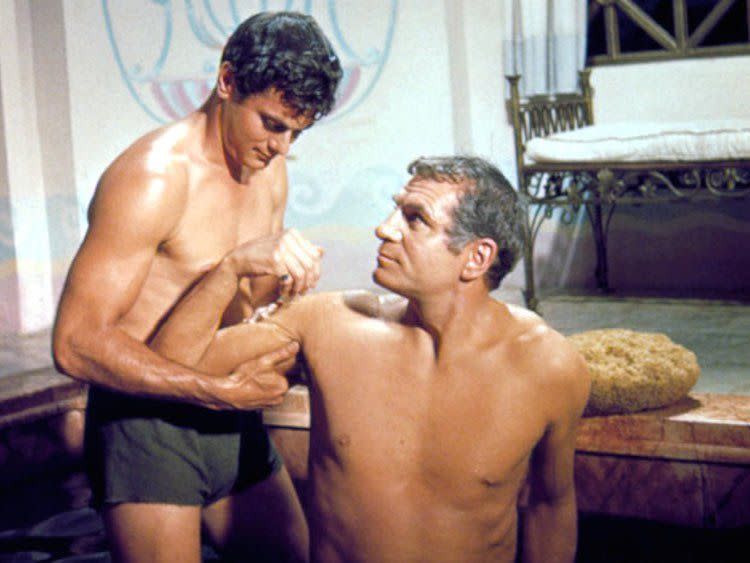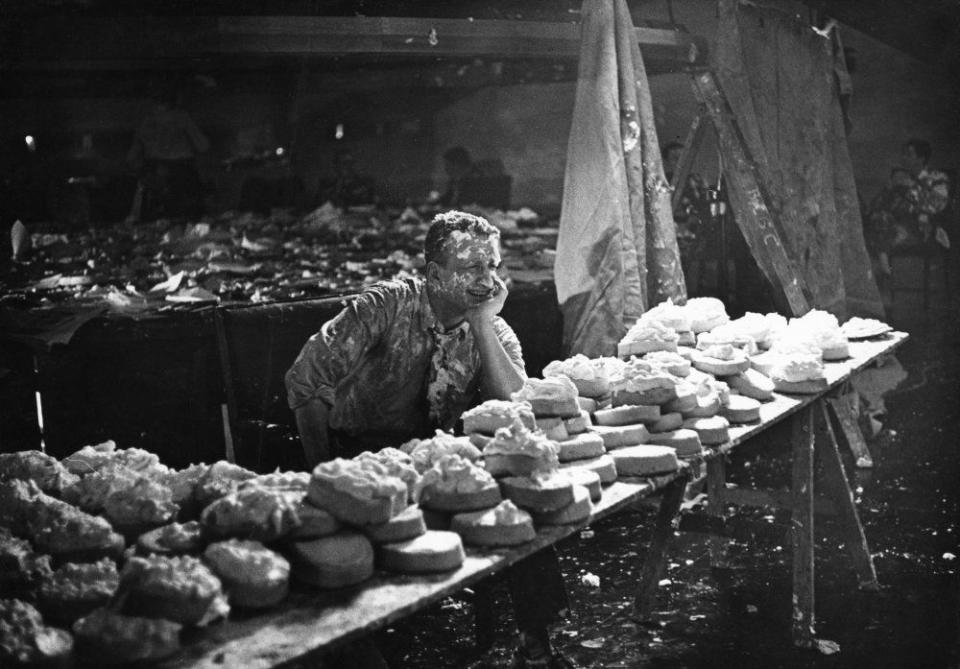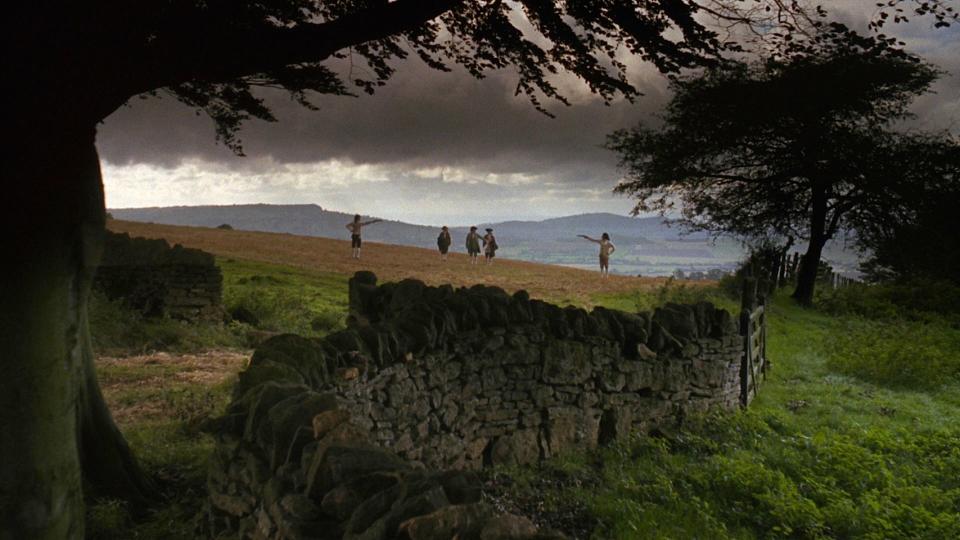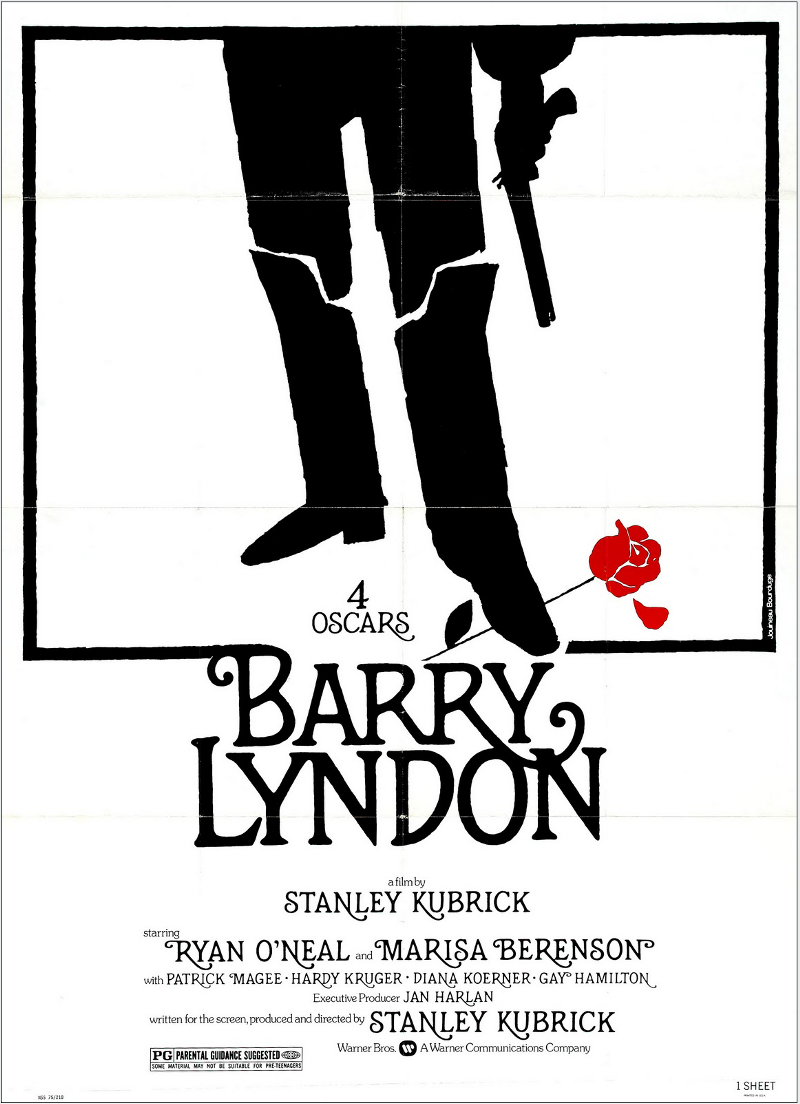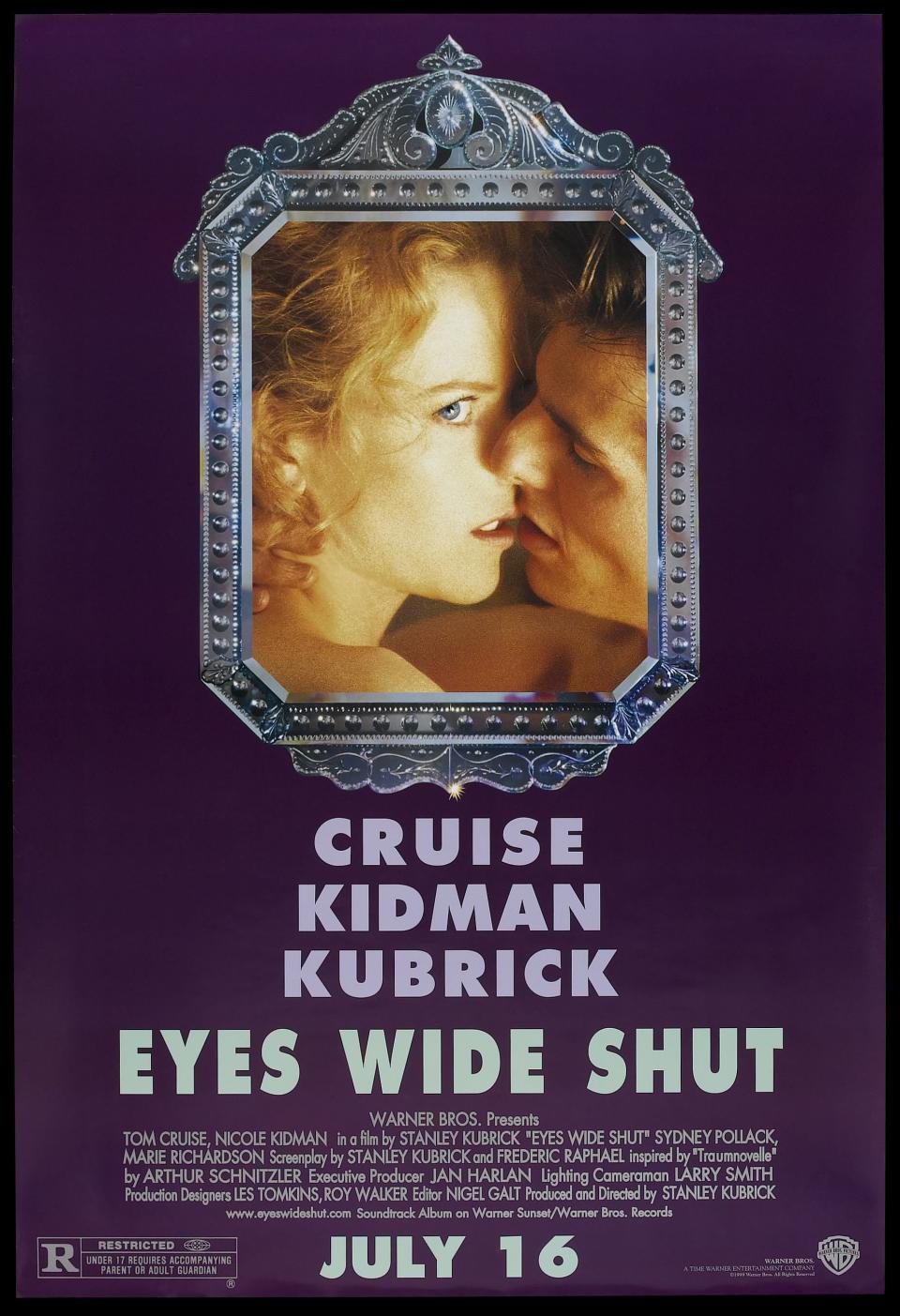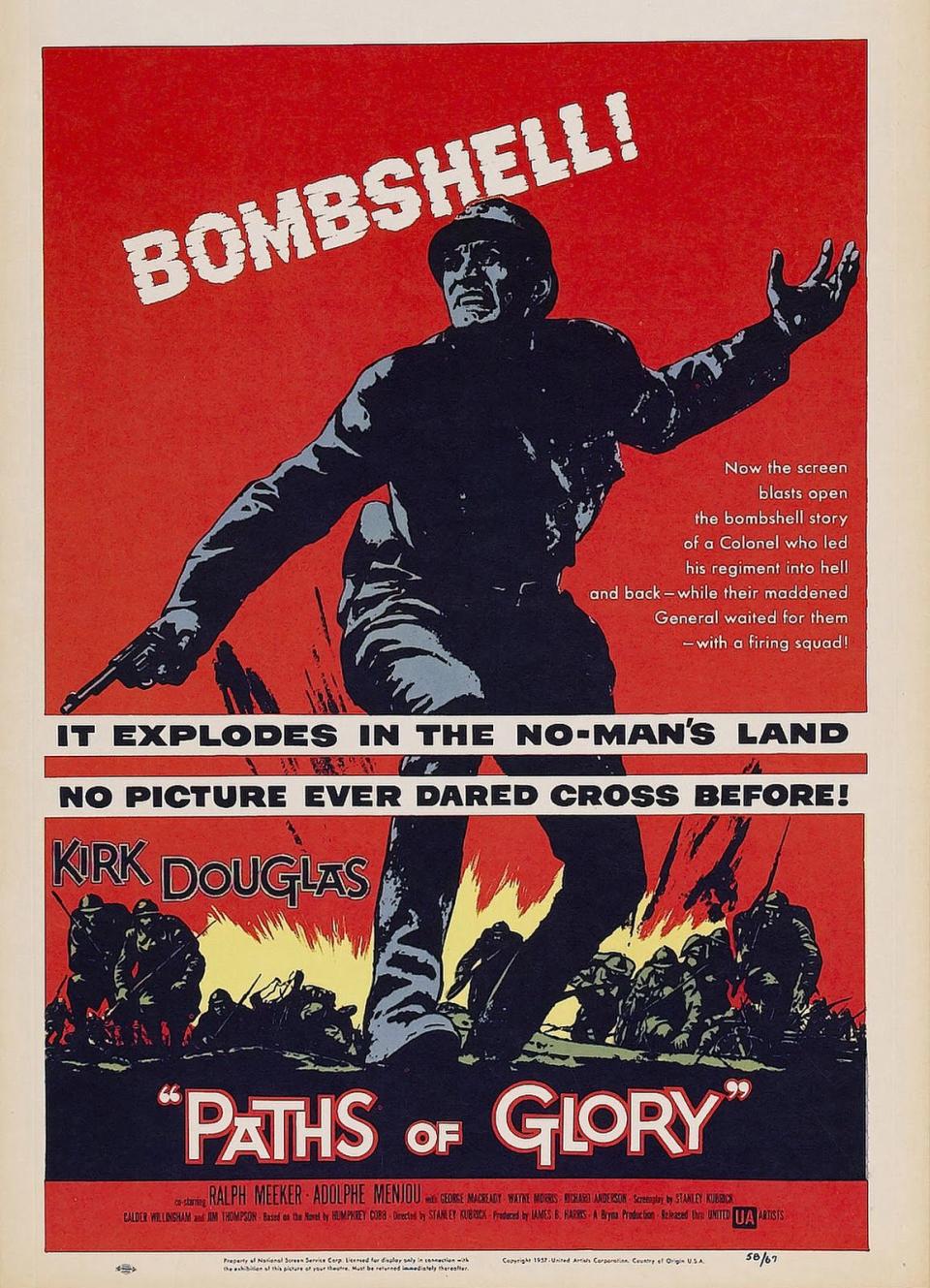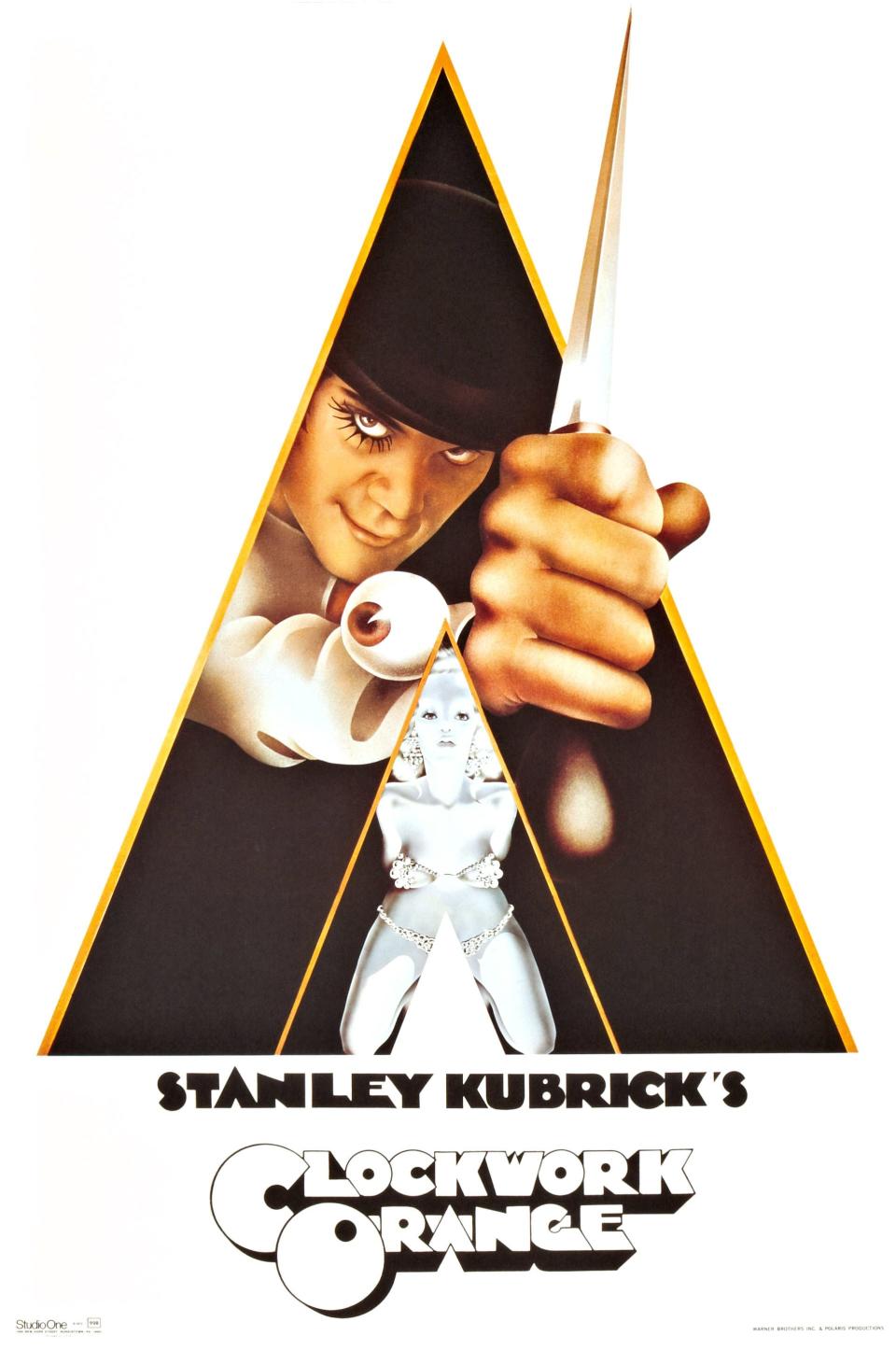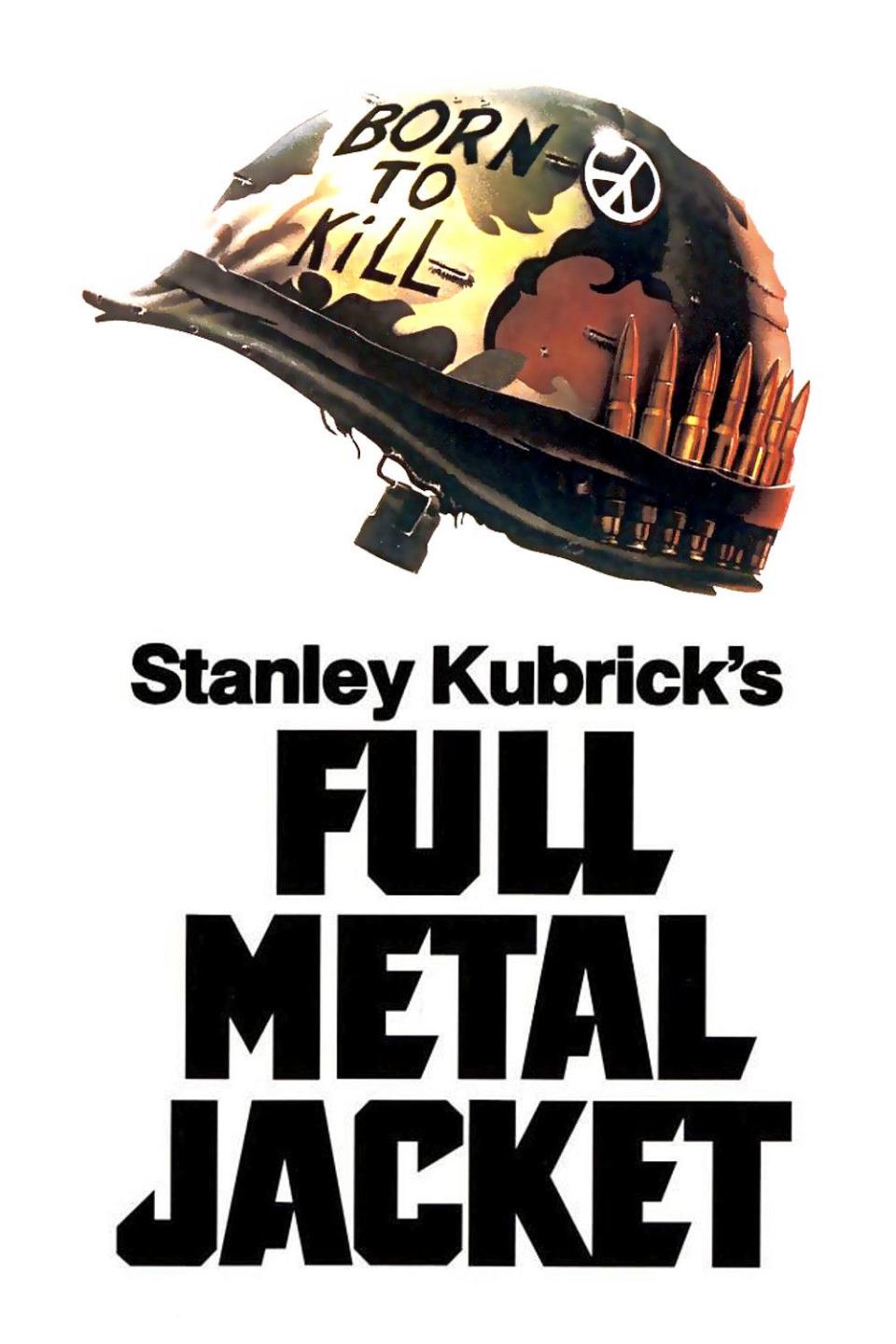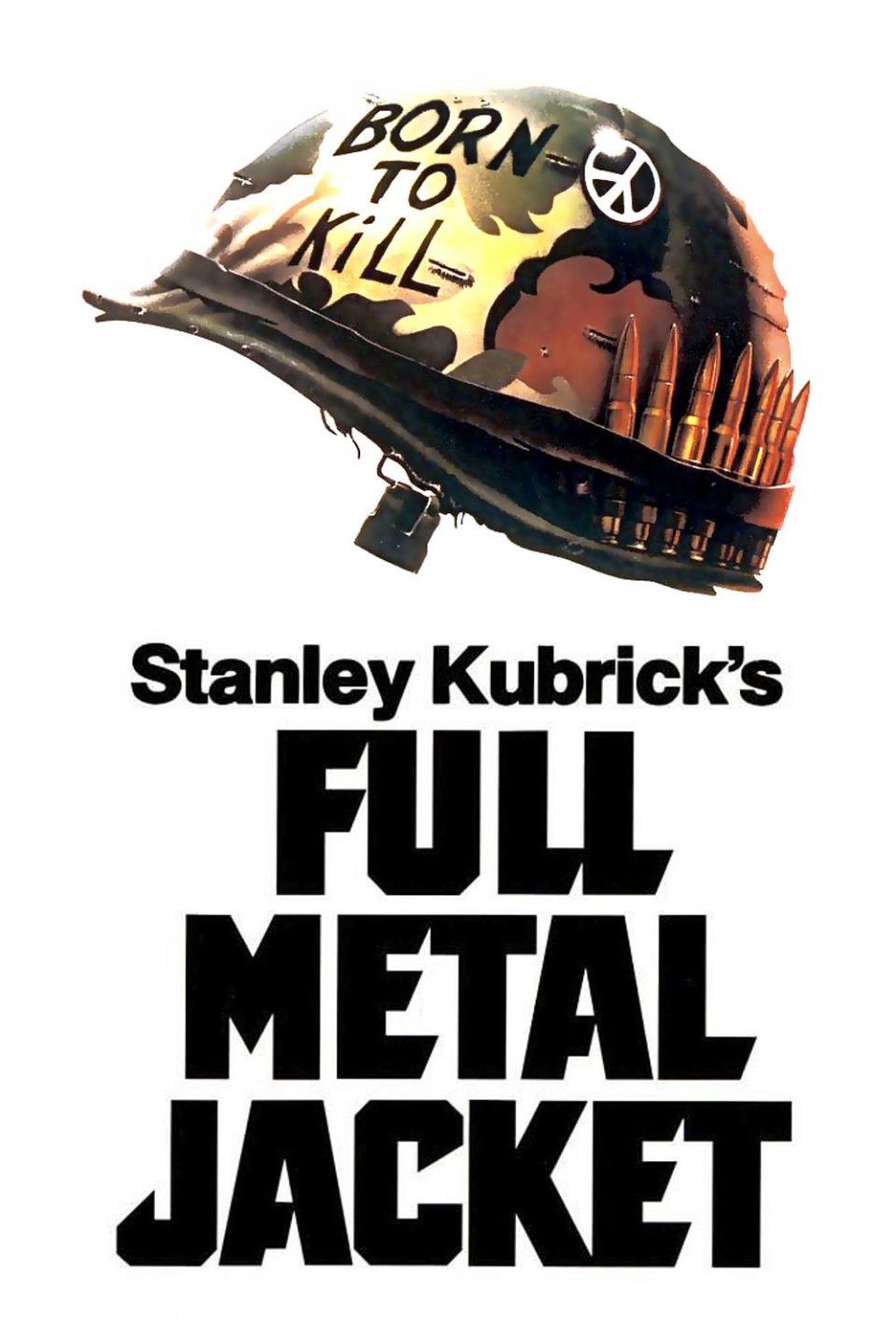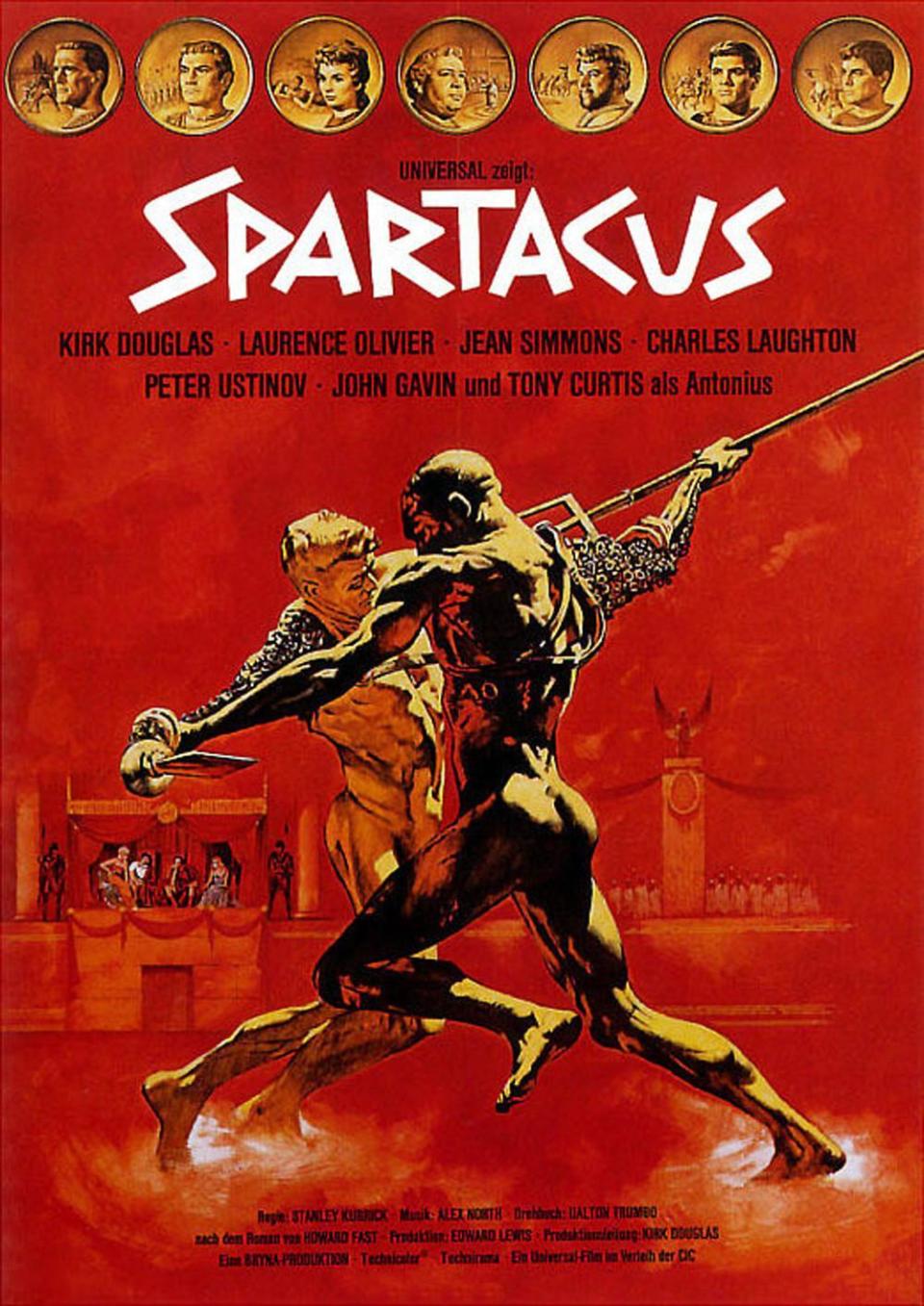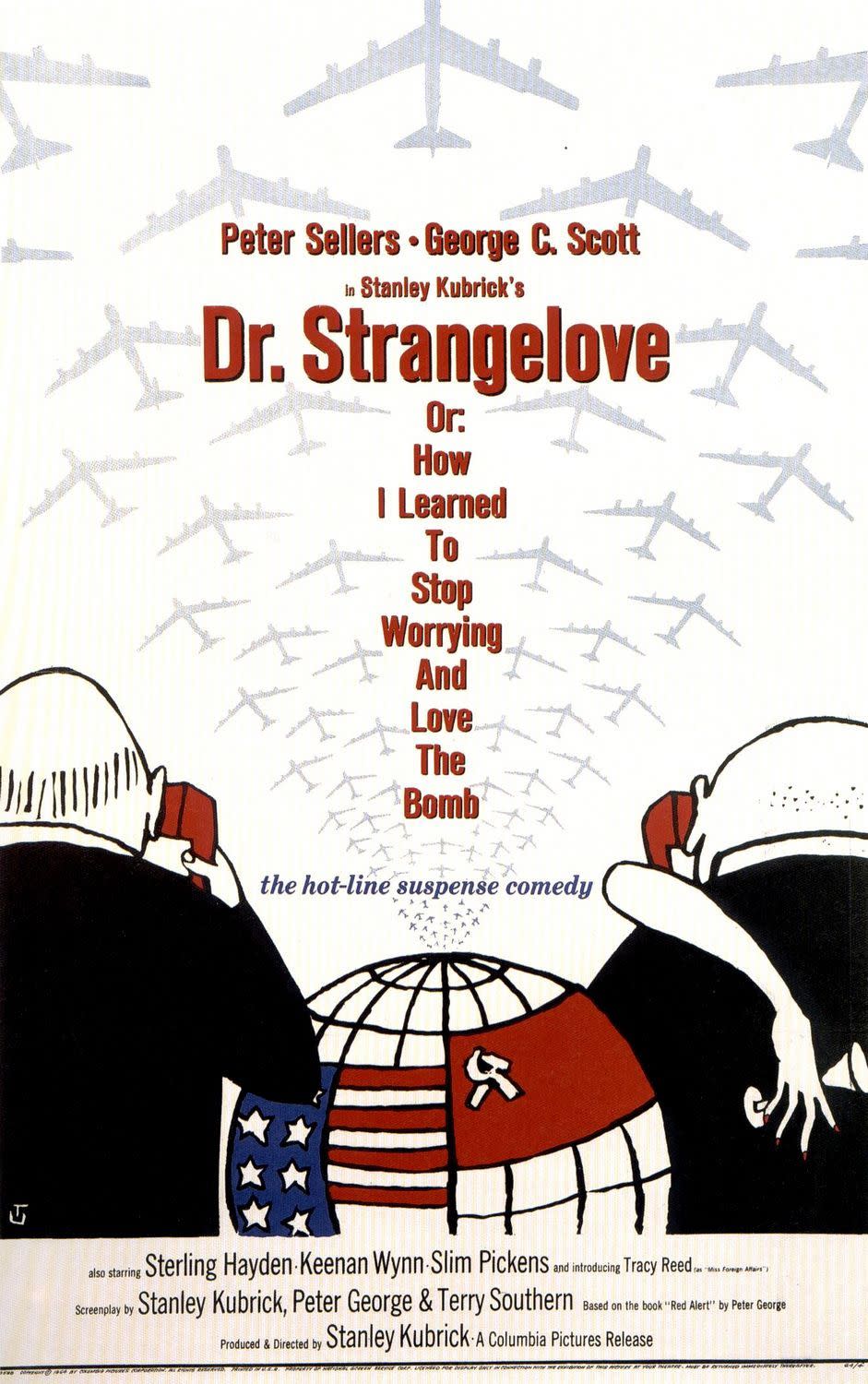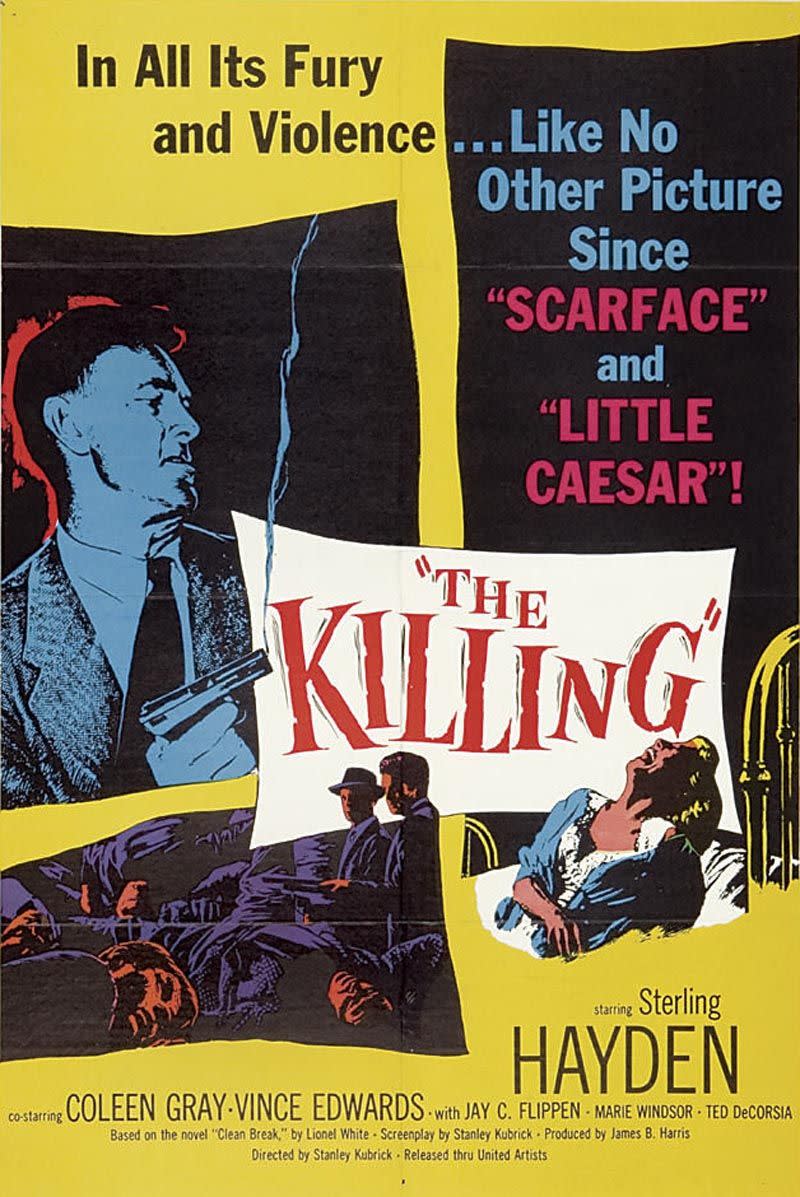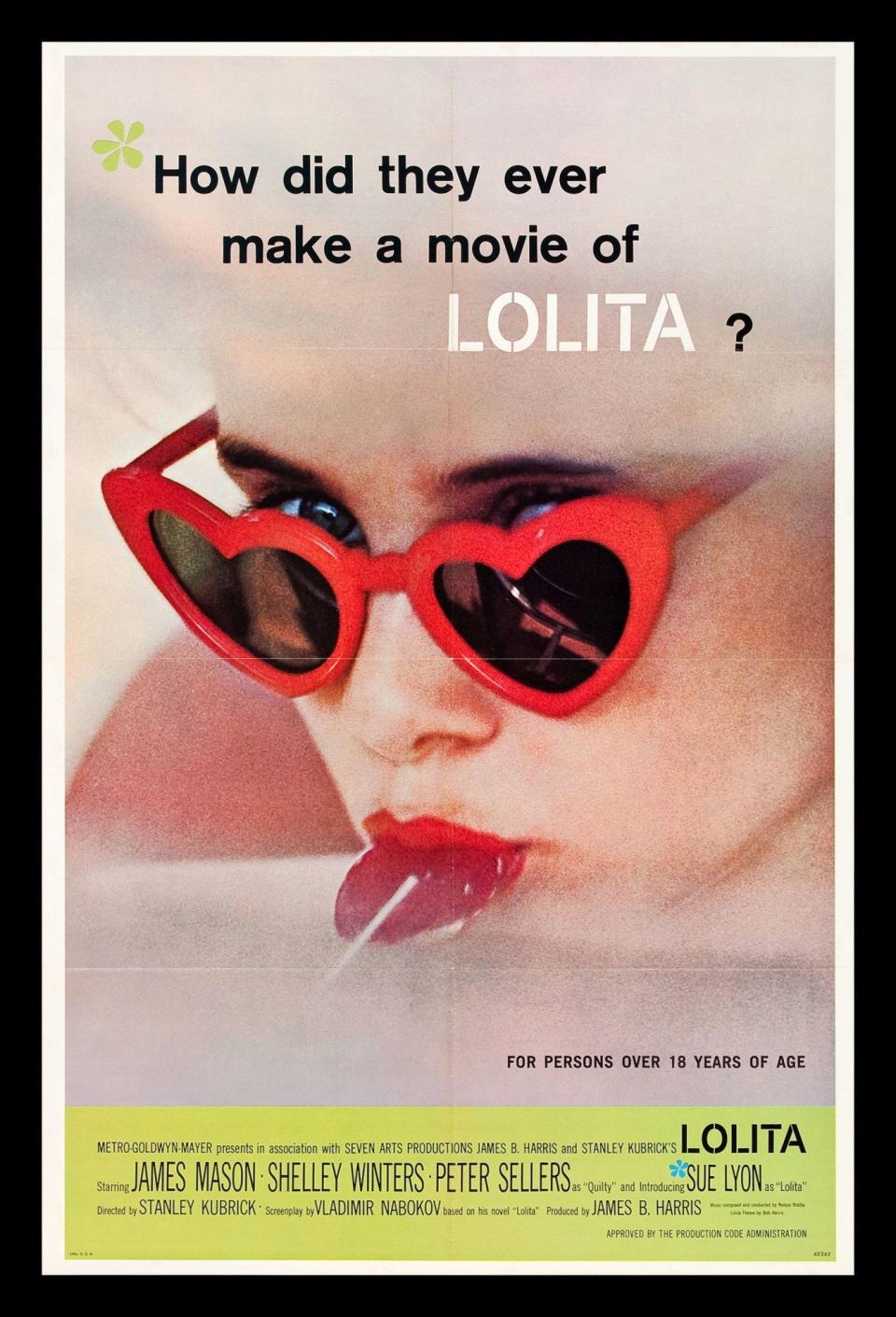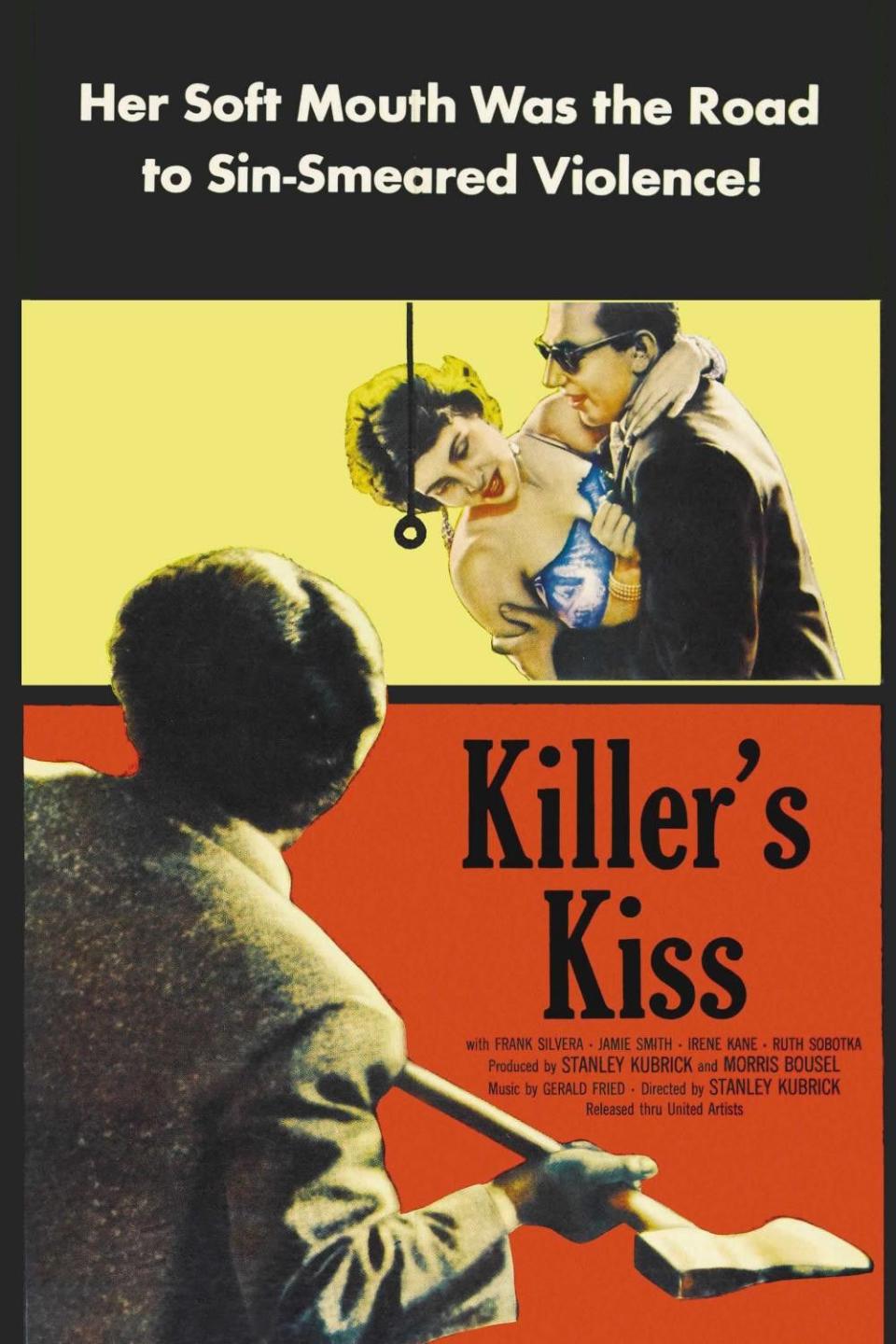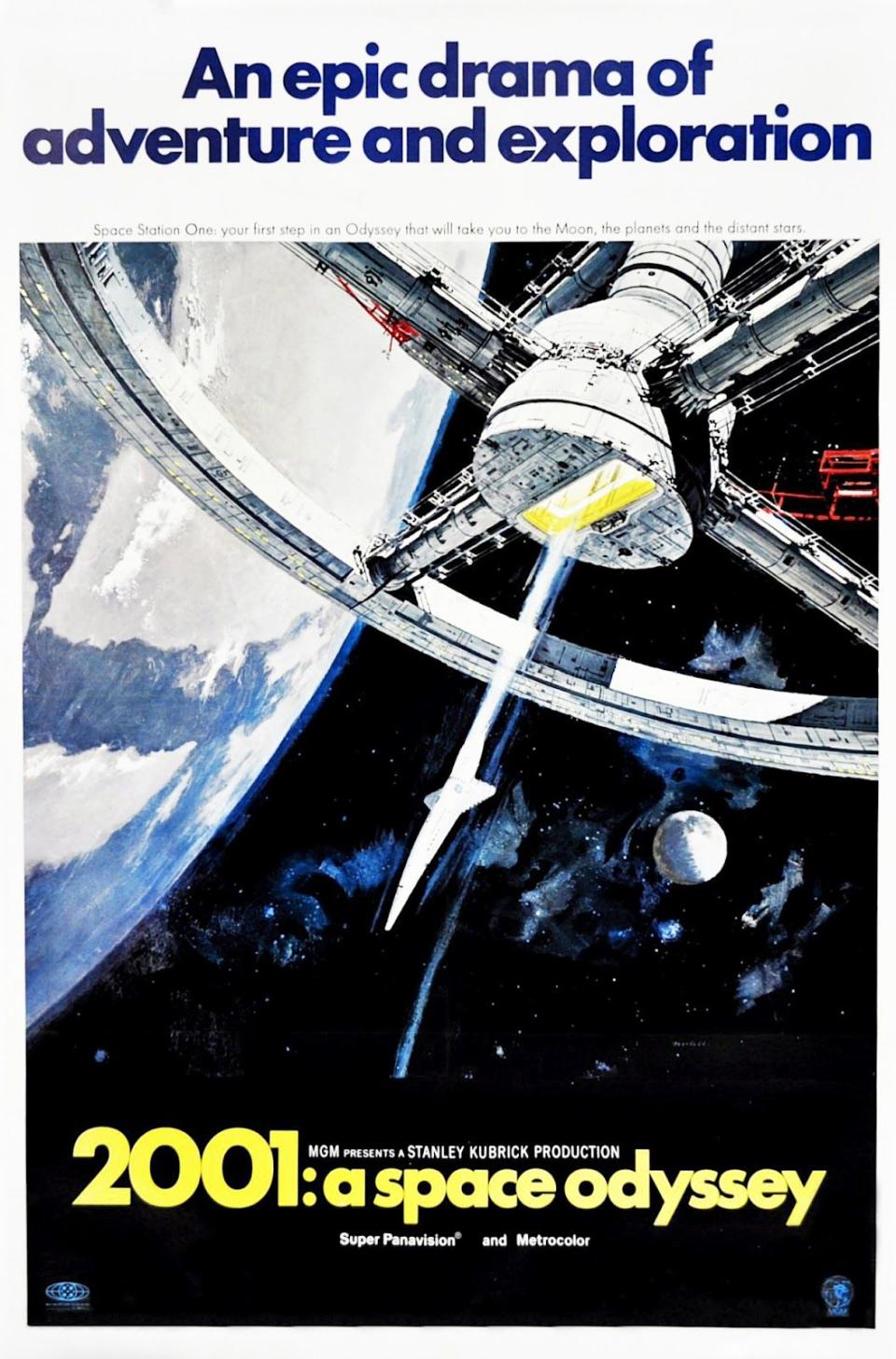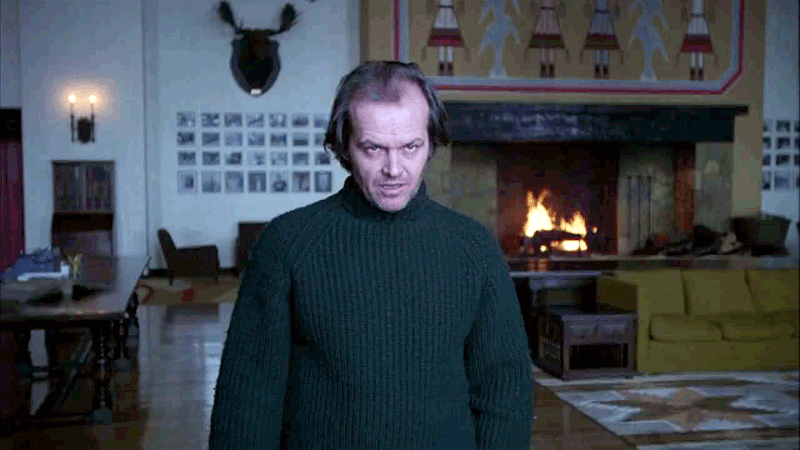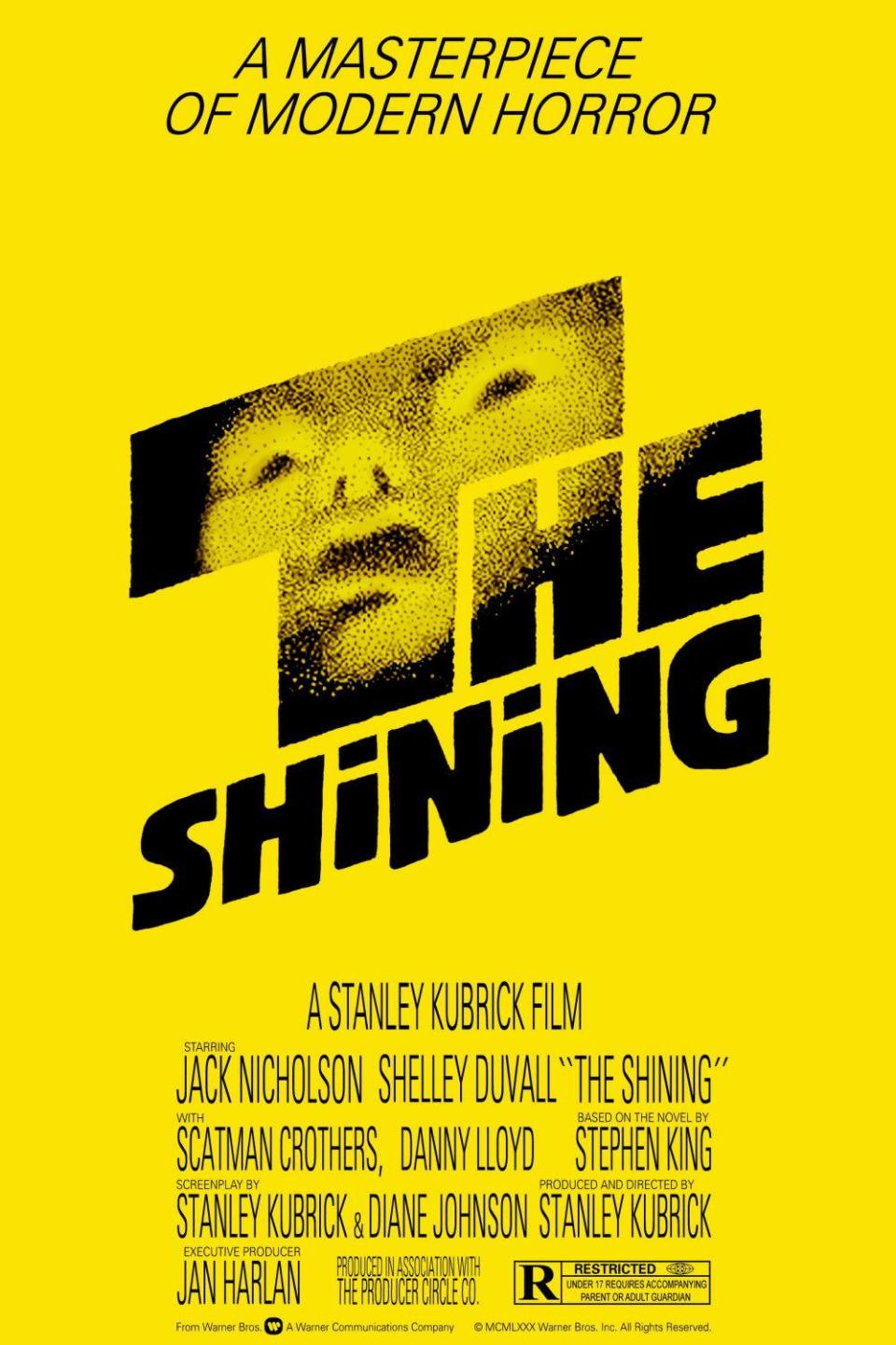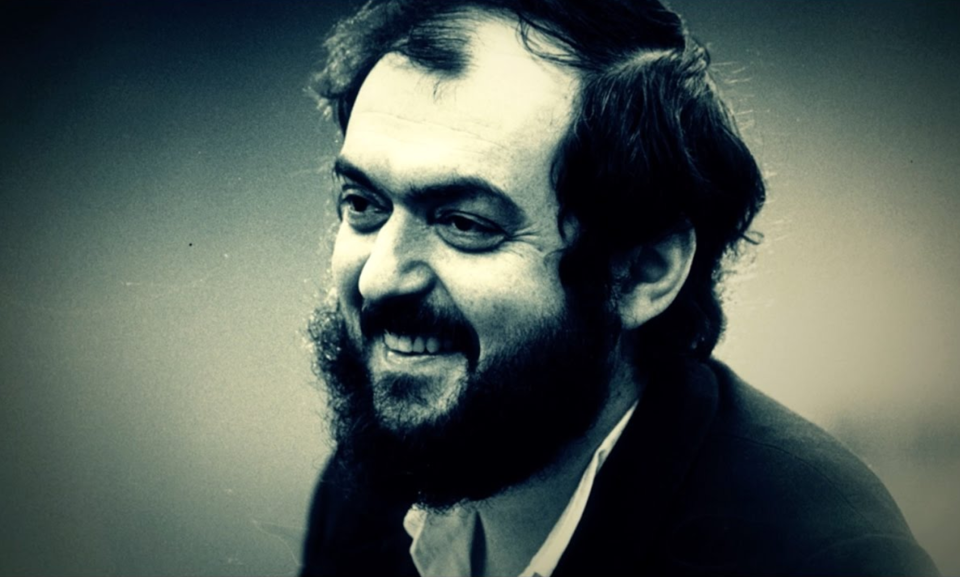Ranking: Every Stanley Kubrick Film from Worst to Best

Welcome to Dissected, where we disassemble a band’s catalog, a director’s filmography, or some other critical pop-culture collection in the abstract. It’s exact science by way of a few beers. This time, we revisit the spellbinding canon of the late, great Stanley Kubrick.
Nobody’s born an arts writer, film critic, or movie buff. Born to be one – maybe. However, that journey from being a young child watching a pre-movie cartoon alongside a parent to bingeing a director’s entire filmography deep into the wee hours of the night follows a basic developmental path: hundreds of treks up and down sticky, popcorn-speckled aisles (often alone); thousands of late-night rentals (also often alone); and a growing, insuppressible urge to tell others about what you’ve seen (it helps if you’re not alone – or at least have a pet).
But there’s one more moment that I think all film lovers share: the very first time we watch a movie and come away thinking, “Oh, so that’s FILM” or “I didn’t know a movie could do that.” I can rattle off dozens of movies that have, to borrow a phrase, shifted the cargo in my haul – from a courtroom drama like 12 Angry Men to a coming-of-age plunge like The Graduate to a perfectly paced thriller like Jaws – but one came before them. That was Stanley Kubrick’s A Clockwork Orange. I will never forget seeing that opening shot in the Korova Milkbar for the first time: that demonic, glassy-eyed close-up; Hell’s own synths acting as ventilation; and the Nadsat slovos dripping from our humble narrator’s tongue like knives falling on marble tiles. Forget all that comes after that initial image. At that moment, I stared and thought, “Oh…”
And while not a very profound observation, I think it’s safe to say that on almost every occasion that I’ve seen a Stanley Kubrick film for the first time, my initial thought amounted to little more than an entranced “Oh…” His are films that open us to worlds beyond our reach, make us reconsider and think more deeply about the world we do inhabit, and, above all, rarely fail to stretch our imaginations to new and richer lengths. In honor of 2001: A Space Odyssey’s 50th anniversary, we returned to all 13 full-length pictures in Kubrick’s canon. It’s been a daunting task, one that’s left us feeling like fetuses orbiting the Earth, apes beating our chests, and teenagers staring at a screen and thinking, “Oh, so that’s FILM,” all over again.
–Matt Melis
Editorial Director
__________________________________________________________
13. Fear and Desire (1953)
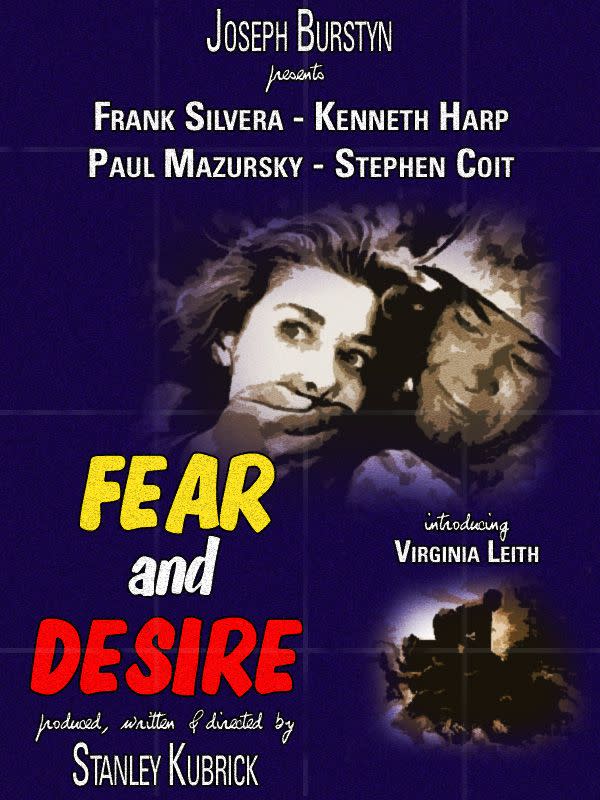
Runtime:
1 hr. 2 min.
Press Release: News flash: war’s awful, terrible, and no good. How do we know? Because universally speaking, combat has a way of messing with people’s minds, and there’s no better example of this than in Fear and Desire, which drops four soldiers behind enemy lines. The countries aren’t identified. The battle, presented with nominal backstory or reasoning. No, we simply get four men in almost stage play-like fashion daring to confront their own … you guessed it, fears and desires.
Cast: Frank Silvera, Paul Mazursky, Kenneth Harp, Steve Coit, and Virginia Leith
Score: Fear and Desire didn’t have much in terms of its score, but Gerald Fried did manage to provide some effectively succinct downbeats. The bitter patriotic melody with steadily declining sounds worked like a metaphor for Kubrick’s soldiers and their devolving sanity. It should be noted that this was Kubrick and Fried’s second collaboration. Fried already worked with Kubrick on the director’s Day of the Fight short. (Which, uh, hey, it’s free on YouTube.) The two would work with each other on later projects like Killer’s Kiss, The Killing, and Paths of Glory.
[youtube https://www.youtube.com/watch?v=ksFkroAkVaA?version=3&rel=1&fs=1&autohide=2&showsearch=0&showinfo=1&iv_load_policy=1&wmode=transparent&w=806&h=454]
A Brief History of Stanley Kubrick: Since Fear and Desire’s his debut feature, it’s worth looking at Kubrick’s biography, and how he came to filmmaking. It’s fun to recant the legend every couple of years – inspire the film school troops.
Bronx born-and-raised, Kubrick was an art, literature, and film obsessive and had a knack for photography that landed him a job at Look magazine. His look? Crisp looks at social systems, snarky angles, high-contrast lighting, and subjects like librarians, boxers, and congested traffic among other things. Fast-forward to the ‘50s, Kubrick started making shorts, including Flying Padre and The Day of the Fight. While ostensibly commercial and observational work, his films explored human subjugation and how men punish themselves to get by. God what a gifted sadist.
Right, Fear and Desire. Kubrick raised dough on shorts. Roughly a grand from friends and family, which is quite impressive when your mind wanders to how much a first film can cost at Sundance in 2017. Kubrick knew he wanted to make feature-length films, and he committed to a script from his friend Howard Sackler about the perils of war-mongering, The Shape of Fear. That script, shaped into Fear and Desire, the allegory we’re talking about right now. And the film, initially pitched as a low-cost, silent experiment, ran over budget, costing $53,000 (again, what a bargain). It flopped. Kubrick had to make another short, The Seafarers, and raise more money for his next film, Killer’s Kiss. The rest is film history.
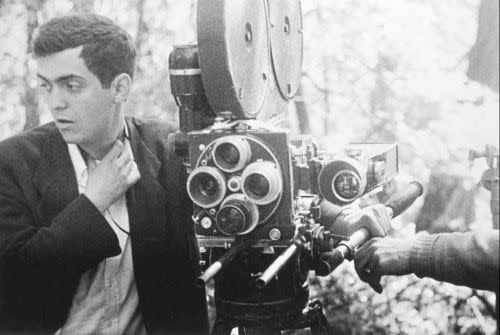
Lost Fears, But Growing Desire to See This Film: Fear and Desire was certainly no hit. It was grim, and admittedly amateurish, but it had a hard edge that adds an interesting side dish to any Kubrick enthusiast’s desire to watch the filmmakers’ full work. Plus, come on, it’s 62 minutes – sneak it in during your lunch break.
Desire’s distributor died in 1953, and this film fell off the map. Kino, thankfully, Blu-Rayed this in 2012 (complete with a restored version of The Seafarers), and thanks to the weird state of this film’s licensing, you can comfortably watch this online for free without much fear of legal reprisal.
Thee Moment: Poor Private Sidney. It’s a little senseless and over-played, but Mazursky’s Sidney losing his mind is so rapt and watchable and focused and assuredly dramatic, it could have snuck into Full Metal Jacket. Sidney’s manic-obsessive break shows the actual physical manifestations of war when the mind’s first to go. For 1953, this is relatively daring stuff.
[youtube https://www.youtube.com/watch?v=bjJzQvjhndw?version=3&rel=1&fs=1&autohide=2&showsearch=0&showinfo=1&iv_load_policy=1&start=2094&wmode=transparent&w=806&h=454]
The Master at Work: Funny. Kubrick worked so hard at just getting this film off the ground that none of the trademark mania and control-freak tendencies have been heard about with this film. This was Kubrick at just 25 years old, just trying to get a full-length film made, not the hardcore auteur he would become. Not to be trite, but what the hell did you produce at 25?
Kubrickian Scale (0-10): 6, about. The anti-war flick is a dime a dozen. From The Western Front to Private Ryan, many a mighty filmmaker has tackled the horror, and Fear and Desire acts as more of a debut and proof of skills and tenacity than anything else. It’s not the boldest statement, or a fiercely visionary thing, although … Fear and Desire has that caustic, dark streak of Kubrick’s. Or at least, hints of it.
Analysis: Fear and Desire is a first film through and through. Kubrick played with creative angles while rambling and telling his story with a lack of authority. The movie explores ideas a little too big for such a small film. And yet, there’s such a jaded worldview on display that it can’t help but feel like a Kubrick.
It’s also a weird film when placed historically. In 1953, the big hits were chipper studio fare, like Shane and The Band Wagon. The biggest anti-war film was Wilder’s Stalag 17, and the most impressive thriller was Clouzot’s The Wages of Fear. Fear and Desire wasn’t and is not strong enough to counter any one of those films. But, it does make for a great Cliffsnotes for Kubrick-ia and acts like a young punk stirring something up in the back of the class. There are rewards within. It has great performances (especially from future director Paul Mazursky), impressive invention with the camera, and Kubrick’s attempts to scale back warmongering to avoid specific causes and countries is an interesting and impressionistic move. It’s not a bang, but it’s certainly not a whimper either. It’s a curious call for things to come and worth seeking out. –Blake Goble
__________________________________________________________
12. Killer’s Kiss (1955)

Runtime:
1 hr. 7 min.
Press Release: As disgraced boxer Davey Gordon (Jamie Smith) prepares to board a train taking him back to his family in the Pacific Northwest, he recalls the last few sordid days of his life, in which his fixation on his lovely next-door neighbor Gloria (Irene Kane) leads to a dangerous path of set-ups, back-alley brawls, and murder.
Cast: Jamie Smith, Irene Kane, Frank Silvera, and Jerry Jarrett
Score: The score is split between boldly dramatic strings and conductor Gerald Fried’s unnerving jazz compositions. Fried plays with several dissonances throughout the film, creating the kind of asynchronous unease that Kubrick would come to favor in his later work. It’s a film scored to wild drums and uncontrollable horn sounds, a notable counterpoint to the traditional “guy and his dame” structure of the story. Silvera’s gangster, Vinnie Rapallo, is a conspicuously violent foil for the era, and it’s the actor’s terrifying countenance, accompanied by Fried’s manic score, that forms so much of the film’s late drama.
[youtube https://www.youtube.com/watch?v=S2Ntdp2_hoU?version=3&rel=1&fs=1&autohide=2&showsearch=0&showinfo=1&iv_load_policy=1&wmode=transparent&w=806&h=454]
The Glories of Film Noir Poster Design: Everything about the poster art for Killer’s Kiss is deliciously vintage. The pulp tagline! The simultaneous tease of indecency and sales pitch of the very same! The menacing axe, suggesting the unnerving depravity (by the standards of the time) of the mannequin-factory climax! Clearly, long before Jack Torrance picked it up, the visual of the hulking figure with the killer weapon was in the director’s head.
The Limits of True Originality: For such a venerable filmmaker, it’s odd to consider that Killer’s Kiss is the last feature the director ever made that wasn’t an adaptation of a pre-existing work, to one degree or another. For as derisively as Kubrick’s “studio days” are sometimes regarded, he found his footing with a series of lurid stories that would guide much of what was to come.
Thee Moment: Killer’s Kiss is an indication that Kubrick excelled at manipulating the audience’s perspective from his earliest days in film. One particularly striking shot sees Rapallo seemingly gaze into the camera, only to destroy the mirror that’s actually reflecting off him. Mirrors are also used when Davey (and Kubrick) takes a longer look at Gloria, as she hovers over his shoulder in the opposite apartment, through the reflection. The act of watching is integral to the film, as it is to so much of the director’s work, and these manipulations build the lingering urban panic of the film through its long stretches of dialogue-free buildup.
[youtube https://www.youtube.com/watch?v=f1Nh9DlkZ1w?version=3&rel=1&fs=1&autohide=2&showsearch=0&showinfo=1&iv_load_policy=1&wmode=transparent&w=806&h=454]
The Master at Work: In his twenties, the director wasn’t yet the exacting presence he’d come to be known as in the following decades. But the hallmarks are still present; Kubrick fired his sound director during production due to shadows that interfered with the lighting of some scenes. All of the dialogue was re-recorded in post-production, which leads to some of the visibly odd matches onscreen during the film.
Kubrickian Scale: For a sophomore feature, Killer’s Kiss exhibits a notable leap in the director’s assurance and style. While it would take a few more years/features for Kubrick to truly find his cinematic voice, some of the hallmarks are already present, his affinity for low-angle shots as a method of generating dread in particular. While the studio-mandated happy ending feels at odds with the rest of the film, it’s essentially an hour-long exercise in wondering if a banged-up prizefighter can survive a long night, and its vacillations between detachment and uncomfortable close-ups are already quintessential Kubrick. (There’s also that shot of the alleyway nightmare, delivered in negative photography, a characteristically surreal image.) We’ll give a solid 5 for this one.
[youtube https://www.youtube.com/watch?v=nH40NtYdL-U?version=3&rel=1&fs=1&autohide=2&showsearch=0&showinfo=1&iv_load_policy=1&wmode=transparent&w=806&h=454]
Analysis: At barely an hour in length, Killer’s Kiss is a modest production for Kubrick. Regardless, the signatures are already beginning to visibly form even at this early stage, from the interest in the human gaze to the use of extreme close-ups on bodies pushed to their limits. The disarming nervousness of the boxing sequence is sustained through the rest of the film, from the grit of the “Watch Your Step” sign hovering over Gloria’s head in the office building to the long shot of Davey sprinting around a locked rooftop, desperately searching for safe harbor.
Other interests are equally prevalent, in particular the director’s fixation with the female form; in the nudity of the lifeless mannequins at the film’s end, or the mildly-scandalous-for-the-time shots of a half-clad Kane, Killer’s Kiss lingers on the visual of the onscreen woman in all of her definitions. It’s still a film of stiff performances (particularly from Smith and Kane, although the former fares best when brawling), but it’s a harbinger of successes yet to come and a prevailing mood of deep anxiety that would come to inform Kubrick’s later masterpieces. –Dominick Suzanne-Mayer
__________________________________________________________
11. Lolita (1962)

Runtime:
2 hr. 33 min.
Press Release: European academic Humbert Humbert (James Mason) finds himself a tempting diversion while spending a summer in the intellectual boonies of the American Midwest: his landlady’s (Shelley Winters) underage daughter, Lolita (Sue Lyon). What lengths will Humbert go to assure that he can be with his little nymphet, and what fate shall befall any and all who come between him and the “light of [his] fire, the fire of [his] loins. [His] sin, [his] soul. Lo-lee-ta”? Quick, somebody call Chris Hansen!
Cast: James Mason, Shelley Winters, Sue Lyon, and Peter Sellers
Score: While the Nelson Riddle score and swelling main theme by Bob Harris might be forgettable, the recurring dance song that Humbert hears when he first gazes at Lolita in the garden (called “Lolita Ya Ya”, with Lyon on vocals) became a hit for various artists. This isn’t the last time a musical curiosity from a Kubrick film would go on to find success in the pop charts (see: Full Metal Jacket).
[youtube https://www.youtube.com/watch?v=YNoyO6Wv2aA?version=3&rel=1&fs=1&autohide=2&showsearch=0&showinfo=1&iv_load_policy=1&wmode=transparent&w=806&h=454]
How Did They Ever Make a Film of Lolita?: The original posters for the film (as seen above) all pose this question, and the simple answer remains: a lot of omissions and censorship. As Kubrick has reflected, he wouldn’t have even attempted to adapt Vladimir Nabokov’s controversial classic had he known how much of his vision would need to be tempered. Not only did the film play ambiguous with Lolita’s age (she was 12 and change in the novel) and employ a noticeably older actress (Lyon was 14 and 15 during filming), but Kubrick greatly toned down the erotic elements of Humbert’s obsession to the point that the film really became Lolita-lite. In his version, we know nothing of Humbert’s past, mental illness, and predatory desires and are almost asked to view him as a somewhat likable, sympathetic character, comedically foiled by the circumstances of a one-off infatuation and wronged by competing parties, rather than as a true monster who will likely continue to discard one nymphet for another.
“I Don’t Think I Wanna Play Anymore”: Peter Sellers, as Clare Quilty or “Dr. Zempf”, steals every scene in Lolita that he appears in, and his offbeat performance hints at what’s to come in the near future. Not only does Kubrick have Sellers sink into several different roles (even though he’s technically Clare Quilty in disguise), but many claim his ruse as school shrink Dr. Zempf marks the origin of the title character of Dr. Strangelove. You be the judge.
[youtube https://www.youtube.com/watch?v=UfoHq1-vpss?version=3&rel=1&fs=1&autohide=2&showsearch=0&showinfo=1&iv_load_policy=1&wmode=transparent&w=806&h=454]
Thee Moment: Lolita cannot possibly work without Humbert Humbert smitten at first sight with his little nymphet. When Charlotte Haze insists on showing the polite but disinterested prospective lodger her garden, Kubrick walks his Humbert into an Eden whose sweetest fruit and blossom cannot be plucked. We find a soft-lit Lolita lying on a towel in a bikini, shades, and a glamorous (plumed?) oversize hat, her body welcoming Humbert as if posed by a professional photographer. Humbert gazes longingly at her before fidgeting, trying to avert his eyes, and losing his composure in speech with Charlotte. Mere seconds after he was ready to make a hasty departure and never return to the dull, unsophisticated Haze household, we find him eager to move in that very day. “What was the deciding factor?” Charlotte asks, oblivious to the spell cast by her daughter. “I think it was your cherry pies,” he returns bashfully. I don’t think it was the pie.
[youtube https://www.youtube.com/watch?v=lHqGIe8AZ1g?version=3&rel=1&fs=1&autohide=2&showsearch=0&showinfo=1&iv_load_policy=1&wmode=transparent&w=806&h=454]
The Master at Work: Nabokov gets the lone credit for Lolita’s screenplay, but very little of what he submitted made it into the final script. Kubrick often got the authors of his source material involved in projects, but it wasn’t unusual for the director and his screenwriters to make like Fleetwood Mac and go their own way once shooting commenced. In other words, thanks for the jump-start. Shirley will pay you on your way out.
Kubrickian Scale: 5. Lolita surely doesn’t bound to mind when we think of the quintessential films of Stanley Kubrick. However, we do see his knack for black comedy here as well as his continued interest in the internal struggles of men. Unfortunately, we barely scrape the surface of Humbert Humbert’s messy and conflicted soul.
Analysis: Nabokov often cited a fascinating anecdote when people would ask him the origins of Humbert Humbert and Lolita. The author would refer to a news story that reported that an ape in captivity had sketched a charcoal drawing that included the bars of its cage. In that sense, we can view Humbert as a man imprisoned and doomed by his nature and disturbing infatuations with young girls. Obviously, Kubrick was a master at adapting the work of others and adding his aesthetic to their narrative frameworks in order to address themes that mattered to him. Unfortunately, Lolita, being a work that takes place entirely in the fascinating, emphatic memory of a deteriorating predator — along with its sexually taboo subject matter — doesn’t lend itself to exploring Nabokov’s characters on film. Instead, Kubrick uses the brilliant comedic talents of his cast — the awkward chemistry between Mason and Winters is particularly hilarious — to create a film that succeeds as a black comedy, even if it fails to really get down to the bottom of Humbert Humbert. –Matt Melis
__________________________________________________________
Ranking: Every Stanley Kubrick Film from Worst to Best
Matt Melis
